How to Saute Like a Professional Chef
The most important technique I can share with you is how to sauté correctly. You can prepare hundreds of meals with this technique when you learn how to saute.
What Is Saute?
To be successful, you need to move the ingredients with a pair of tongs or, like they do on TV, toss them in the air.
Saute is a cooking technique that involves cooking food in a pan over high heat while using a small amount of fat, such as oil or butter. This method is often used to quickly cook vegetables or meats to retain their natural flavors and textures. It is an essential skill for any home cook to master, as it allows for creating a wide range of dishes, from simple stir-fries to more complex recipes.
When sauteing, a high-quality, heavy-bottomed pan must be used to distribute heat evenly and prevent burning. The key to successful sauteing is constantly stirring or tossing the food in the pan to ensure even cooking.
Saute in French means “to jump” and can be a method of cooking or a way to describe a dish like sauteed chicken breasts. The French called this technique “to jump” because you are cooking at a very high heat and don’t want it sitting too long in the pan.
What Is the Difference Between Sauteing & Pan Frying?
Sauteing and pan frying are two common cooking techniques that involve cooking food in a pan over heat. However, some critical differences between the two methods are worth noting.
Pan frying is a cooking technique that involves cooking food in a pan over medium-high heat while using a more significant amount of fat, such as oil or butter. This method is often used for cooking meats, such as chicken or fish, to create a crispy, golden-brown crust. Unlike sauteing, pan frying typically involves cooking the food for a more extended period of time and flipping it occasionally to ensure even cooking on both sides.
The main difference between sauteing and pan frying is the amount of fat used and the heat level. Sauteing involves using a small amount of fat and high heat, while pan-frying involves using a larger amount of fat and medium-high heat. Both methods can create delicious dishes, but choosing the proper technique based on the specific ingredients and desired outcome is vital.
Also, don’t confuse pan fry with shallow fry, where you typically use enough oil to reach almost halfway up the ingredient you are cooking. A good example is when you pan-fry eggplant for eggplant Parmesan.
The Advantages of Sauteing
Once learned and in your repertoire, you will be free to be creative and devise recipes with whatever ingredients you have. As a novice, this technique is easy and allows you to prepare meals quickly.
This includes sautéing chicken, fish, vegetables, or meat. That’s the beauty of learning a basic technique. Compare it to learning how to read a financial statement. Once you know how you can effectively read any company’s report. sautéing
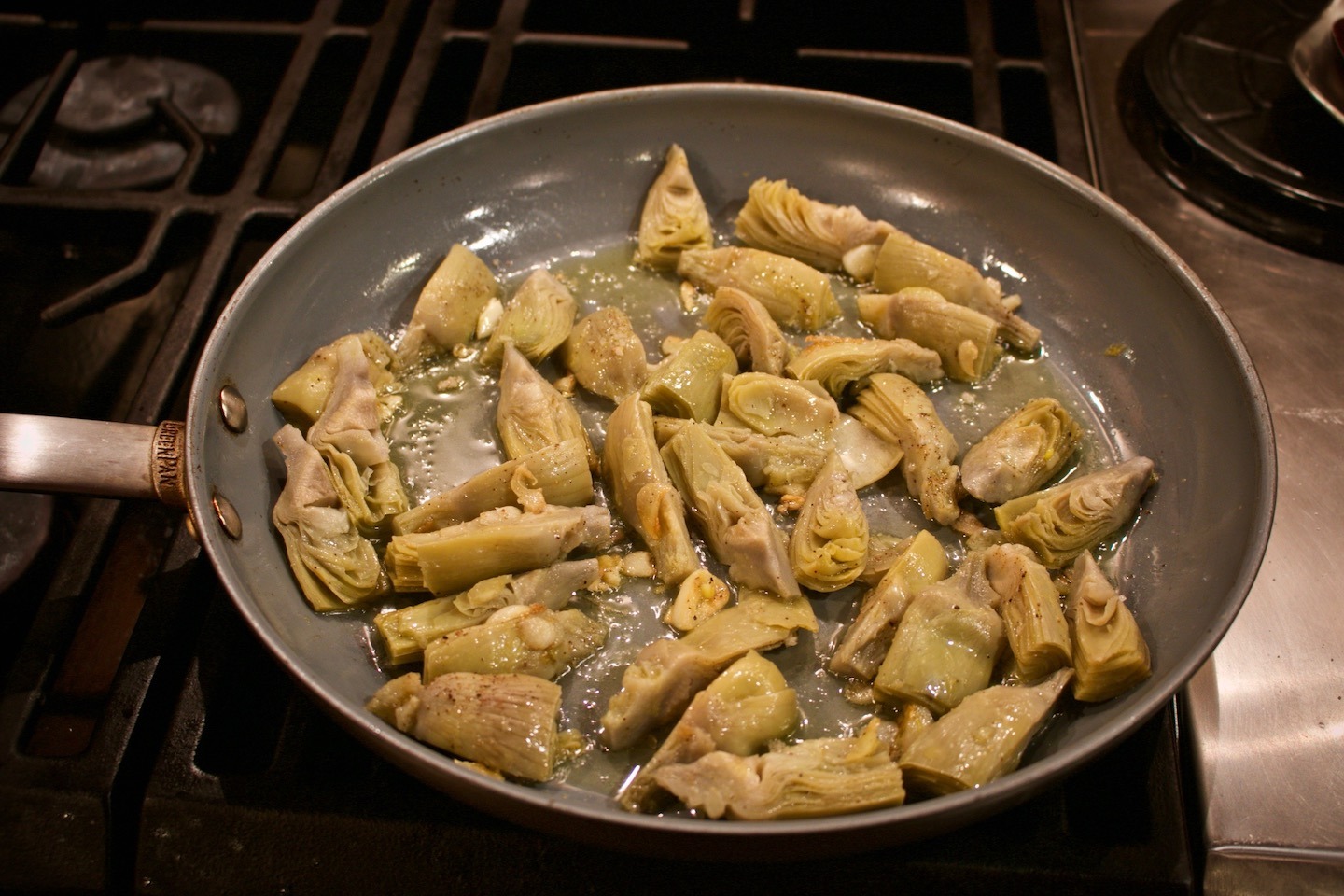
The Formula To A Great Saute
Saute Technique = Good Saute Pan + High Heat + A Little Fat + Uniformly Cut Ingredients
The Right Pan For The Job
Some say the pan should have sloped sides; others say it should be straight. To me, it doesn’t matter as long as the pan has a dense, heavy bottom that spreads the heat evenly without any hot spots. It has to be big enough to cook your ingredients without crowding, so buy accordingly.
Non-stick is ok if you don’t plan to make pan sauces, but you need a little sticking to create the “fond,” or the brown bits that stick to your pan responsible for those delicious sauces served in your favorite restaurants. I use a non-stick pan for my sauteed spinach and broccoli rabe but prefer metal for everything else.
To learn more about what to look for in a good saute pan and how to purchase the best one for you, check out my Choosing A Good Saute Pan.
The Right Fat – Butter or Oil or Both?
It all has to do with smoking points. Butter (350°F) will give your food the best taste and an incredible golden crust but burns more efficiently. Oil (375° F – 450° F) produces a nice crust and will not burn as quickly, but it doesn’t leave as rich a flavor or color as butter alone. Most chefs will use different oils depending on what they are cooking.
If they are cooking a Mediterranean-style dish, they may choose olive oil, but if they are preparing an Asian dish, sesame oil might be the better choice. You match the oil to the style of cooking but remember much of the flavor will be cooked off because of the high heat, so you may be better off using a generic oil like canola or safflower and adding a little of the flavored oil at the end.
I use a combination of the two. This way, I get some of the flavors from the butter and a higher smoking point from the oil. What you cook and the amount you’re cooking will determine how much butter and oil you use.
For example, use about 1 to 1-1/2 tablespoons each for two or more chicken cutlets and 1/2 to 1 tablespoon each for two or more fish fillets.
How Much Fat?
Just enough to coat the bottom of the pan. You are not deep frying, so cover the bottom of the pan. When a recipe tells you to add two tablespoons of oil to the pan, how do they know what size pan you are using? Adding two tablespoons to a small pan may be too much. 2 tablespoons in a large pan might not be big enough. So add accordingly.
Important Tip – Preheating the Pan
The most significant mistake home cooks make when sauteing is not getting the pan hot enough. They take cold ingredients out of the refrigerator, put them into a cold pan, and stick them on the flame. Big mistake – don’t do it. You’ll end with bone-dry meat, chicken, or fish.
Have you ever asked yourself why your cookbooks and cooking magazines suggest you preheat a pan before adding butter or oil? I did and spent a lot of time looking for the answer until I contacted my friends Chef Todd Mohr and Chef Ricco DeLuca. They had several reasons for preheating your pans:
Chef Todd Mohr
- If you add cold protein ingredients to a cold pan and put it on the heat, the ingredients will release some moisture as it heats up, and you end up with dry meats and fish.
- It’s hard to watch a home cook put that cold white piece of chicken in a saute pan, slowly releasing its moisture, gently simmering in its own fat, rather than searing at high heat.
Chef Ricco DeLuca
- All pans have hot spots. These are places on a pan that heat up faster than the rest of the pan. If you add butter or oil to a cold pan and then heat it up, it can hit one of these hot spots and start burning.
- If you start with a hot pan that is uniformly heated, there is less chance for the fat to hit a hot spot and burn. When sauteing, you want the butter to foam up before you start and the oil to “almost” start smoking.
- If it starts smoking, you are too late, and the oil will leave a bad flavor to your dish. You want the oil hot but not smoking. Now you are ready to start the saute.
- The expression, “A watched pot never boils,” means if you stand there and watch a pot of water come to boil, it seems like it is taking forever. As a result, our attention drifts, and we get distracted.
- The same is true when heating butter and oil in a pan. Have you ever added some cold butter to a cold pan, pushed it around a bit, became distracted and walked away only to have the butter burn?
- By preheating the pan, you are ready to start cooking the moment you add your fat. Your attention is focused.
Why Not Just Preheat The Fat With The Pan
You might think it would save time to heat the fat in the pan simultaneously, but this is not a good idea. As fats heat up, they start to degrade once they reach 140° F. So rather than let the fat continuously break down from 140°F to your ideal temperature, and it’s better to add the oil to an already hot pan.
How Much Heat Should You Use When Sauteing?
I am asked this vital question often, so I wrote a short article describing How Hot Should You Heat Your Pan When Sauteing?
How to Preheat a Saute Pan?
I suggest you put the pan on medium-high heat, and when it is hot enough to evaporate a few drops of water, you know it has to be at least 212° F. This is a good starting point to add your fat. If you have the heat too high, you risk the chance of burning the fat. Too low, and the fat won’t be hot enough.
Remember, you are ready to cook as soon as your pan becomes preheated, then you add your butter and/or oil. You may have to crank up your heat before you start to sauté. This is because the butter or oil will bring down the pan temperature.
Interesting Point About Heating A Pan
If you put it on low heat, won’t the pan keep getting hotter and hotter? That’s what I used to think, but the answer is no. The pan will only get as hot as the amount of heat (Btu’s) you apply. If you preheated a pan on low, it would get to a maximum temperature, and that’s it. To get more heat, you must add more Btu’s or, like a gas stove, more flame.
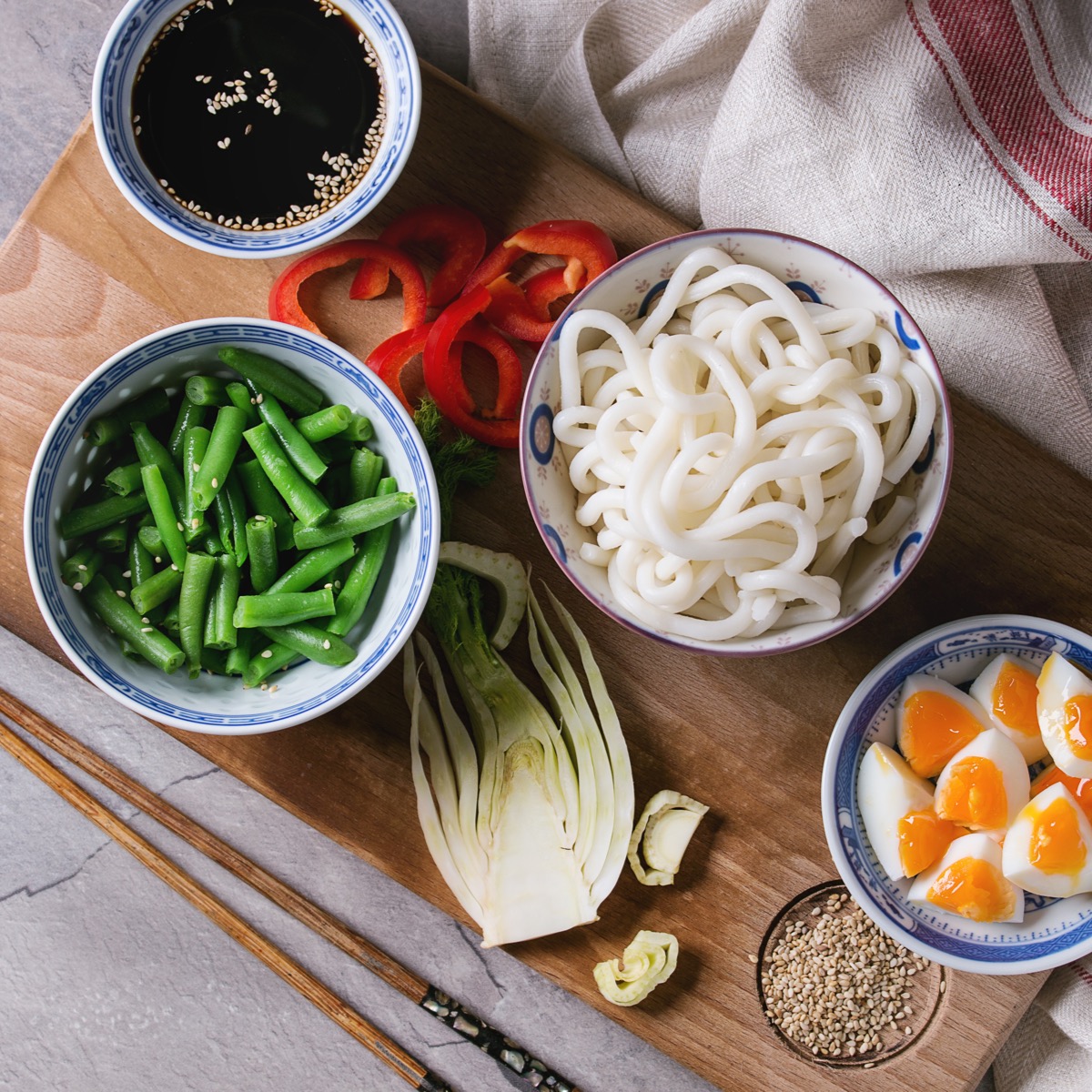
What Types of Foods Are Best For Saute
When it comes to sauteing, many different types of ingredients can be cooked using this method. In general, sauteing is an excellent technique for quickly cooking small pieces of food that are either dense or delicate in nature.
One of the most common types of ingredients to saute is vegetables. Sauteing is an excellent way to cook vegetables because it allows them to retain their natural flavors and textures. It is also a great way to cook a large quantity of vegetables quickly. Some of the best vegetables for sauteing include onions, garlic, bell peppers, mushrooms, zucchini, and broccoli.
Another type of ingredient that is well-suited for sauteing is meat. Sauteing is often used for cooking small pieces of meat, such as chicken breasts, pork chops, or beef tenderloin. This method allows the meat to cook quickly and evenly, resulting in tender and flavorful dishes.
In addition to vegetables and meats, sauteing is a great technique for cooking seafood. Shrimp, scallops, and salmon are all excellent choices for sauteing, as they cook quickly and can be flavored with a variety of seasonings and sauces. Overall, sauteing is a versatile cooking technique that can be used to cook a wide range of ingredients. So, whether you are looking to cook vegetables, meats, or seafood, sauteing quickly is a great option to consider.
Equal Sized Ingredients
Whether it is chopped-up vegetables to be used as aromatics to add flavor to the dish, breasts of chicken, fillets of fish, or steak medallions, you want them all to be the same size so they cook evenly. You especially want the aromatics to be finely chopped or minced so they give off more flavor quickly.
If you cut the ingredients at different sizes, some cook faster and overcook, and some cook slower and undercooked. Culinary students learn to make precision cuts by spending hours cutting vegetables for various dishes.
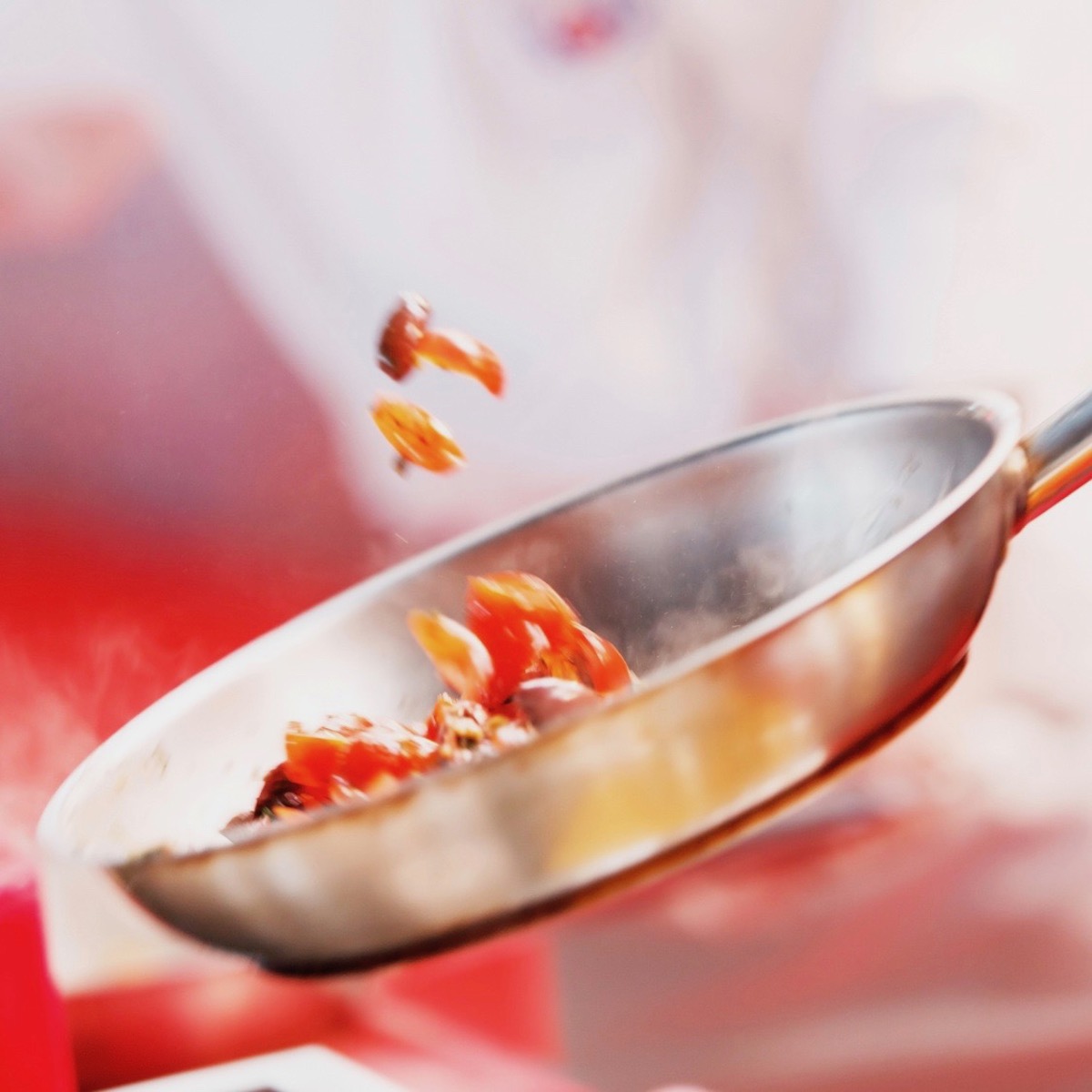 Basic Technique
Basic Technique
If you are using butter, you will know your pan is hot enough, and it is time to start when the butter stops foaming and begins to turn a pale brown. Using just oil, you will know it is hot enough when it goes from perfectly smooth to lined or shimmering. Be careful, let it go any further, and it will start to smoke, and you will need to start over.
The photo on the left shows canola oil added to a hot pan at least 212° F. I raised the heat under the pan, and a few minutes later, the oil in the pan on the right began to shimmer.
This is just below the smoking point (435° F) and time to saute. For the record, I added some diced onions, and a couple literally “jumped” out of the pan.
Add your ingredients but be very careful not to let it start smoking. If it does, remove the pan from the heat for a moment. You may want to reduce the heat, but as soon as you add the ingredients, it should lower the heat in the pan. Cooking time will vary, depending on what you are cooking.
Recipe Times
Most recipes give you times to cook each ingredient. Still, I suggest you use these only as estimates because there is no way they can give you an exact time without knowing the size & type of pan you are using, the Btu’s of your stove top, the thickness of the fish, the chicken or meat you are cooking or your level of cooking expertise.
The times are guidelines, but in the end, you need to depend on an internal thermometer in the beginning and experience after that.
Also, never use a fork for flipping. It pierces the meat and lets the juices escape. Depending on what you are cooking, you will want to let whatever you are cooking rest for the juices to redistribute. This gives you time to make a delicious pan sauce.

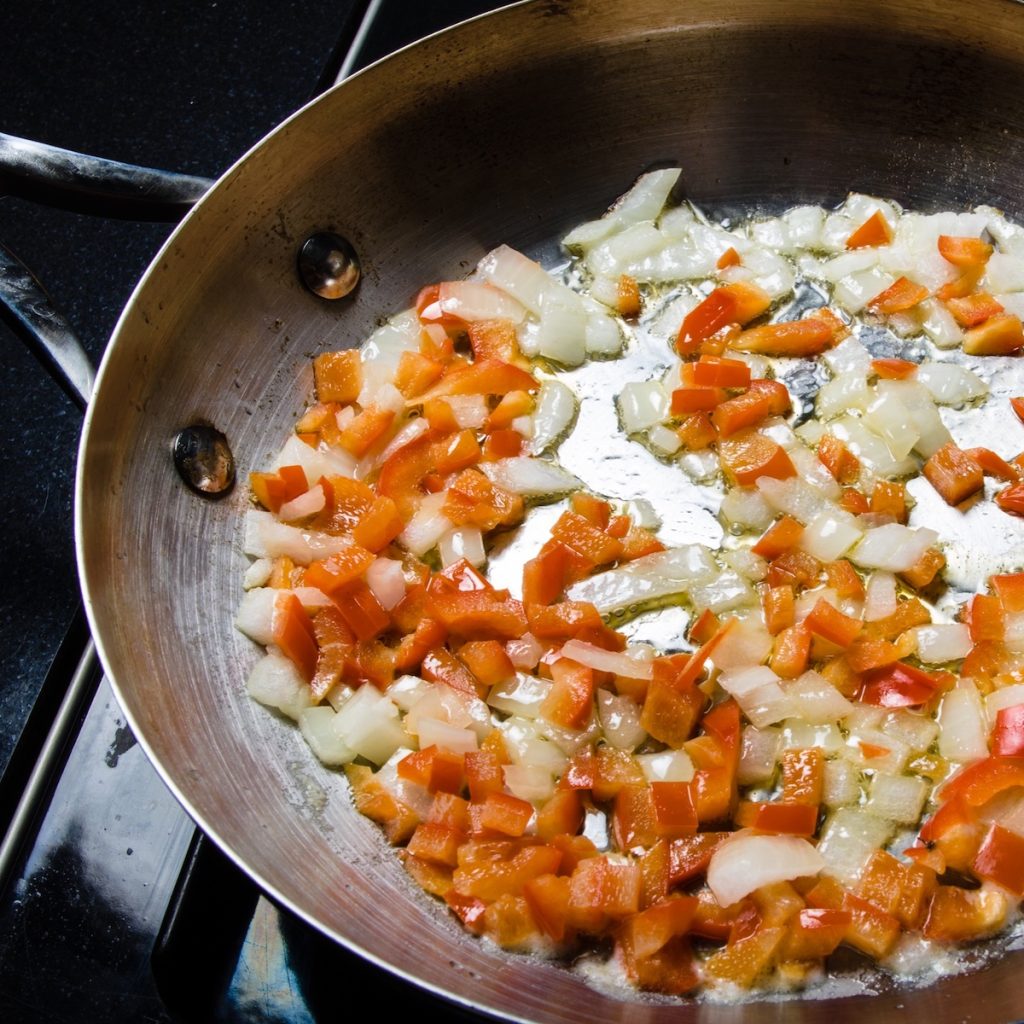
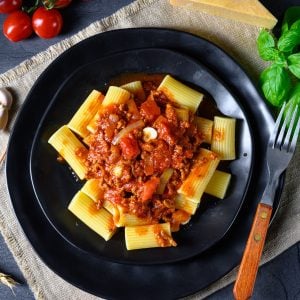
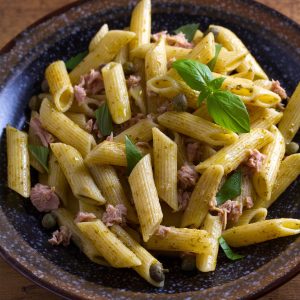


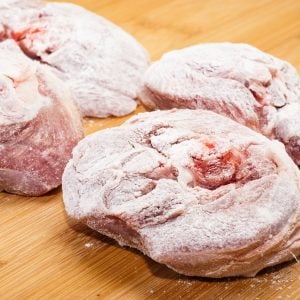
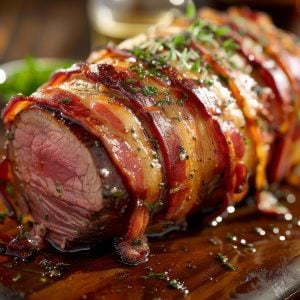
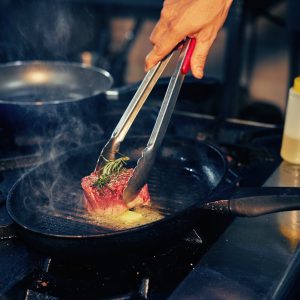
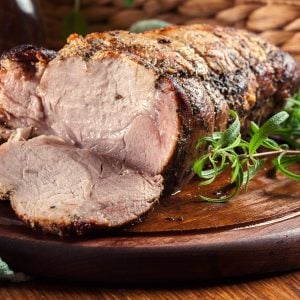
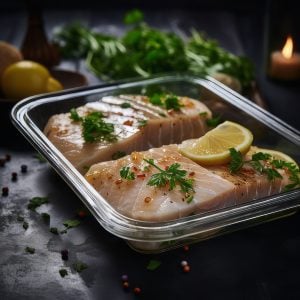
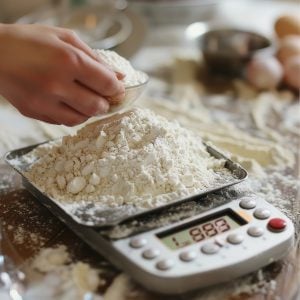
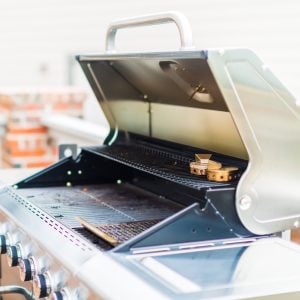
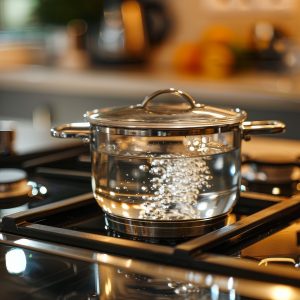


9 Responses
Thanks, that was very helpful.
how do i choose what type of meat if best to saute?
With red meat, only tender cuts can be employed. Because it is a dry heat method, sautéing will make tough cuts of meat even tougher. Thus, you can sauté a filet mignon or strip steak, but never the shank or brisket.
Anyway to tell what temperature your stove is on without a thermometer, cause I have a gas stove and it only goes by low numbers(2-10). I put it on 4 because 6 seems too hot (or maybe I wait too long), but it still steam immediately. Can it also cause steaming immediately if you don’t put enough of fat?
Sharelle, hard to tell without more details but it sounds like what you are cooking is wet. It’s important to dry off any ingredients you are going to saute or they will steam. Also, crowding a pan will cause steaming too.
Really excellent, specific teaching, yet explained well enough for a first timer like me. Tomorrow will be the test and this stuff is Gold!
Many thanks.
Dan
“The Reluctant Gourmet uses a combination of the two. This way I get some of the flavor from the butter and a higher smoking point from the oil.”
You realise that the butter is going to burn to matter how much oil you add to it? It’s the solids in the butter that burn.
Use Clarified butter .
Clarified butter is probably one of the most important ingredients to any chef. You will never find a professional kitchen without an abundant supply of this liquid gold! Except for fast food places. If you removed any ingredients from a saute station, that person could make do with something else. Take away their clarified butter and they walk out!
Using half oil and half butter is an ancient frying technique in some regions of Europe (e.g. in Piedmont). My grandmother always used to fry with half-half; so do I, with exceptions. The butter will NOT burn (unless you neglect it, of course).
Regarding clarified butter: I love it – make it myself (as well as beurre noisette) – but it does not impart he same full flavour that good butter does.